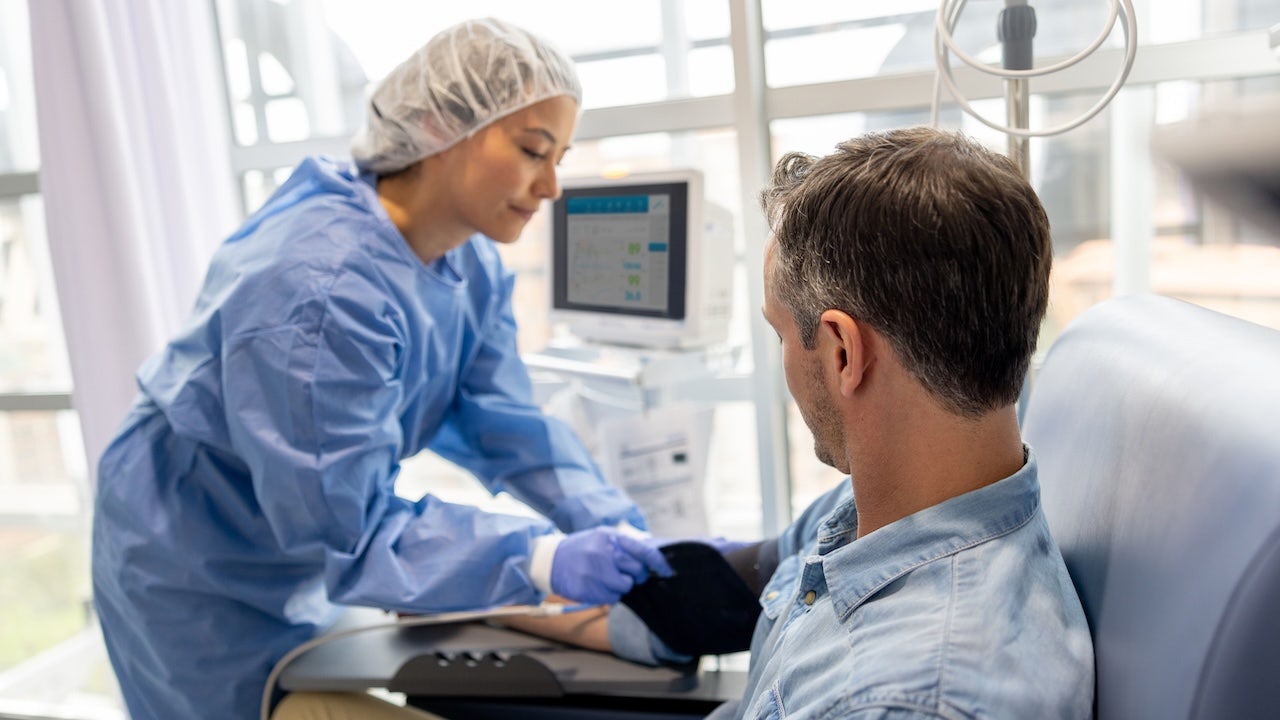Fearing the worst, this B.C. mom hired a private eye to track her daughter’s drug dealer

In a heartbreaking tale of a mother’s struggle to save her daughter from the grips of addiction, Julie Nystrom of Vancouver, British Columbia, took matters into her own hands by hiring a private investigator to track down her teen’s drug dealer. Nystrom’s daughter, Beth, had fallen into a dangerous cycle of drug abuse, consuming a variety of substances including street Xanax, Percocet, MDMA, cocaine, acid, mushrooms, and more. The situation had reached a point where Nystrom feared for her daughter’s life and felt helpless in the face of the addiction that was consuming her child.
The drug dealer, known only as Jay, had become a significant influence in Beth’s life. Desperate to save her daughter, Nystrom decided to take action. She contacted the police and hired a private investigator to gather information on Jay. The investigation revealed that Jay was a middle-aged South Asian man who had built a rapport with his young clients by offering them free samples of drugs in exchange for referrals. He would deliver drugs near their homes and schools, making it easy for the teens to access them.
According to former clients of Jay, he presented himself as a friendly and trustworthy figure, making it easy for the teenagers to trust him. He would show them drug-checking reports to assure them that his products were safe, although some of the reports were fake or outdated. The allure of free drugs and the sense of belonging that Jay provided made it difficult for the teenagers to see the harm that he was causing in their lives.
Drug dealers like Jay are not uncommon, according to experts in the field of substance abuse. They often use tactics to build trust with young people and make drug use seem ordinary. This normalization of drug use can be especially dangerous for teenagers who are already vulnerable to mental health issues and peer pressure.
After reporting Jay to the police and providing them with evidence from the private investigator, Nystrom hoped for justice to be served. However, due to limited information, the police were unable to identify Beth’s specific dealer. This left Nystrom feeling disappointed and frustrated with what she perceived as police inaction.
Despite the challenges, Nystrom’s actions had a positive impact on Beth. The attention brought to the situation prompted her daughter to focus on her sobriety and seek help. Beth is now working towards recovery and rebuilding her life, thanks to her mother’s unwavering support.
In the end, Nystrom’s story serves as a reminder of the devastating impact of addiction on families and the importance of open communication and support in addressing substance abuse issues. It also sheds light on the dangers of predatory drug dealers who prey on vulnerable young people, highlighting the need for greater awareness and intervention in tackling the root causes of drug abuse in our communities.




